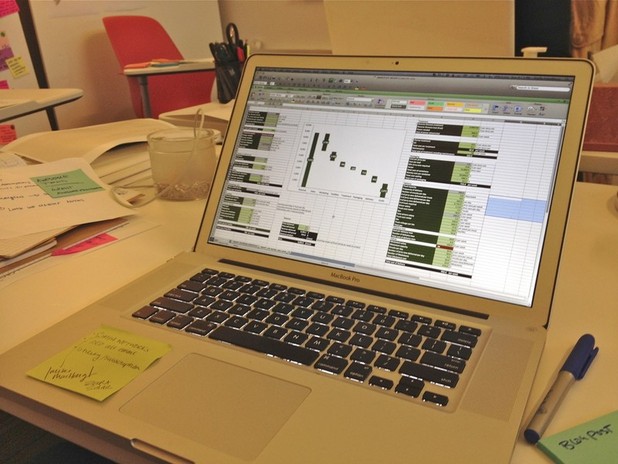May 23, 2012
As part of the Kenya water and health project, IDEO.org Fellow Emily Friedberg asks the question: what does business design really mean?
During the IDEO.org water kiosk project in Kenya, we’ve had the chance to truly understand and practice the art of business design. The project is a combination of consumer experience, business structure, and financial modeling. And it all has to align.
As we’ve designed the SmartLife water business, we’ve had to constantly check ourselves and ask questions like these:
- Does this customer experience make sense with our brand?
- Can we offer this service at this price and still be sustainable as a business?
- Even if this is the product offering that makes sense with our brand, does it meet the consumer needs that we’ve identified?
This constant question and answering among our team has allowed us to make sure we are staying true to human-centered design and at the same time developing a sustainable, scalable, business.
As our team’s business designer, I’ve had the chance to really get into the financial model. Just so everyone knows, business design at IDEO.org isn’t all Post-its and diagrams!
Until I dove into our Excel spreadsheets, we only had hunches about which of our two pilot businesses would be more profitable and reach more customers. Dealing with real, hard numbers helped us refine our business model and the customer experience that we’re designing for our SmartLife customers. As an example, the financial model that we created allowed us to identify that the delivery and labor costs of the high touch, door-to-door service we are considering were quite high and we’d have to be creative about bringing our costs down. We pushed ourselves to innovate and think of other lower cost ways of delivering the same customer facing experience.
Of course, any financial model is only as good as the numbers that we’re putting into it. Getting a sense of these numbers for the services we're designing in Kenya has been challenging but not impossible. This process has been made easier by the two weeks that we spent on the ground in Nairobi conducting field research and prototyping. Additionally, and in serendipitous fashion, it was also super helpful that Erik Hersman from Ushahidi and the iHub in Nairobi happened to be walking through our IDEO.org office as I was struggling to find the cost of warehouse rent per square foot in Nairobi. He happened to know it off the top of his head!
As part of this project, our team has learned a lot about business design and how to move fluidly back and forth between the experience we’re creating and the reality of the business model to make sure that we’re designing a viable human-centered business solution. Stay tuned for updates as we move into the final phase of the project.







